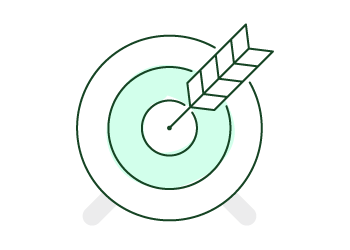Getting Things Done - GTD
GTD and Living in the Second Quadrant
AUTHOR: Francisco Sáez
Stephen Covey says in his book The 7 Habits of Highly Effective People that the so-called time management has evolved from a very first generation of people who only had to-do lists where they crossed tasks off when completed, to the current generation, where people do not try to manage time itself but themselves, by focusing on those activities that are important with regard to their life and values (you can read about this generational evolution in this other article on self-management) .
According to him, this evolution has to do with a tendency to live in the Second Quadrant (QII) of The Time Management Matrix, which is where we can manage our lives more effectively. The QII refers to the activities that are important but not urgent.
In my view, there is a close relationship between Covey’s Quadrant II and David Allen’s GTD. The QII involves managing tasks from our principles and the knowledge of our personal mission, within a framework that allows a balance between what we do and what we are capable of doing. In parallel, GTD seeks to manage focus from our values and life purpose in consistent balance with the control of our daily tasks.
According to Covey, a personal organization system should meet these 6 criteria:
- Coherence: There must be a harmony between your vision and mission, your roles and goals, your priorities and plans, and your desires and discipline. GTD seeks this unity as well.
- Balance: It must help you balance your life, identify and put in front of you each of your roles. GTD encourages a balance between your personal and professional life through your areas of responsibility.
- Focus on QII activities: It must encourage and help you spend your time on the important things that are still not urgent. GTD, with its Weekly Review and intentional lack of priorities, wants you to deal with a preventive approach that minimizes crisis situations.
- A dimension of “People”: It must allow your to deal with people, not just schedules and plans. The GTD’s Waiting For list covers this dimension.
- Flexibility: Your tool should be at your service, not vice versa. It has to work for you, adapting to your needs. GTD allows you to reorganize tasks, redefine priorities and regain balance when circumstances change.
- Portability: You must be able to take it with you most of the time. There are countless ways to bring GTD with you everywhere, from a simple notebook and a pen to a specific app for your smartphone.
The new generation of productive people relies on principles and values; defines its day to day based on long-term goals, not emergencies; and seeks improvements in all areas of responsibility, not only in professional career.





No comments